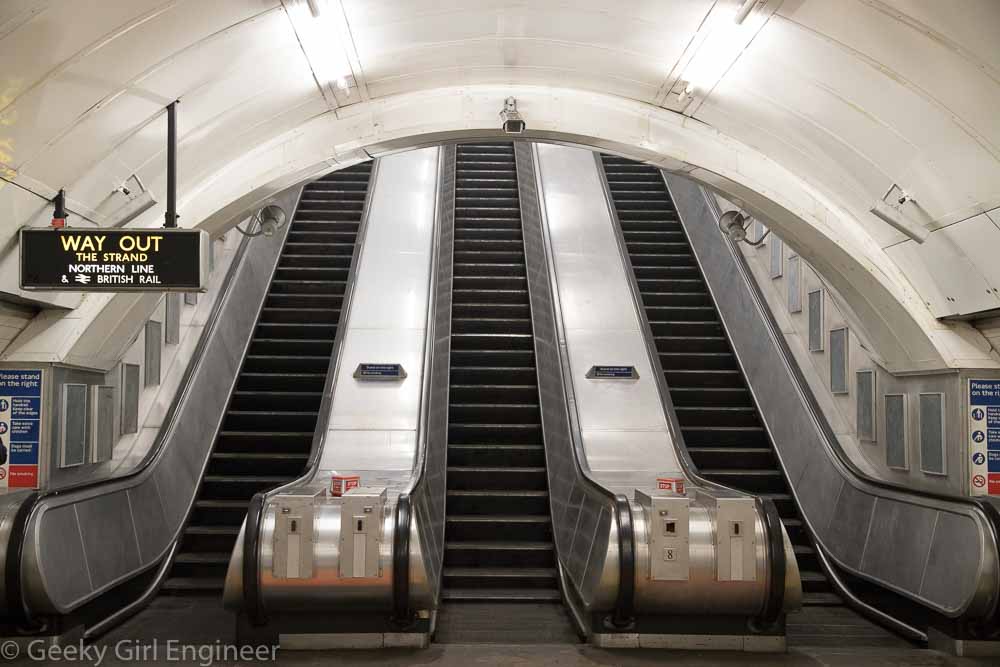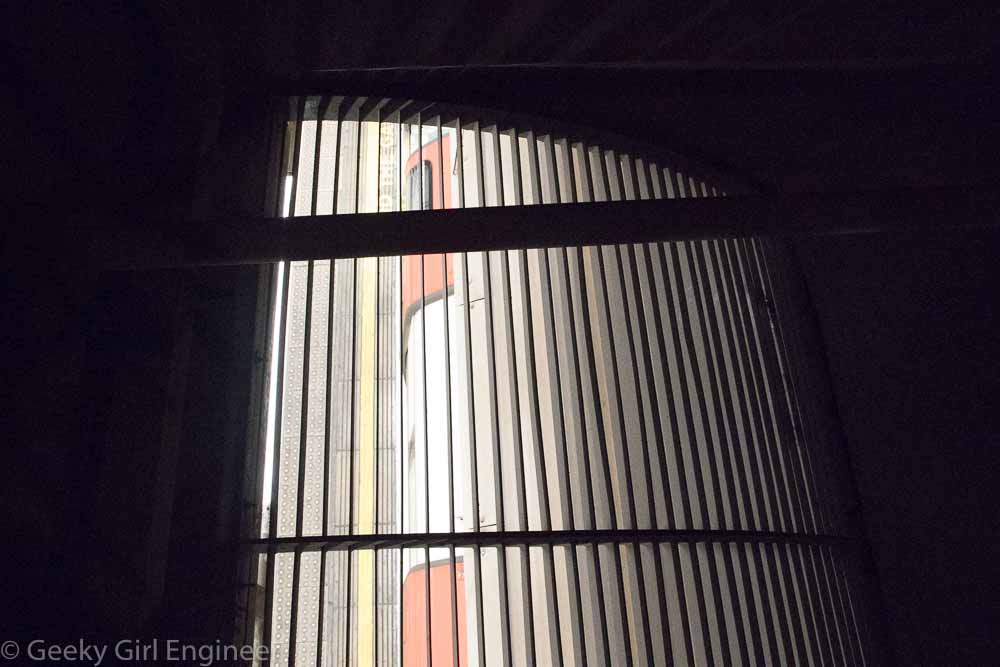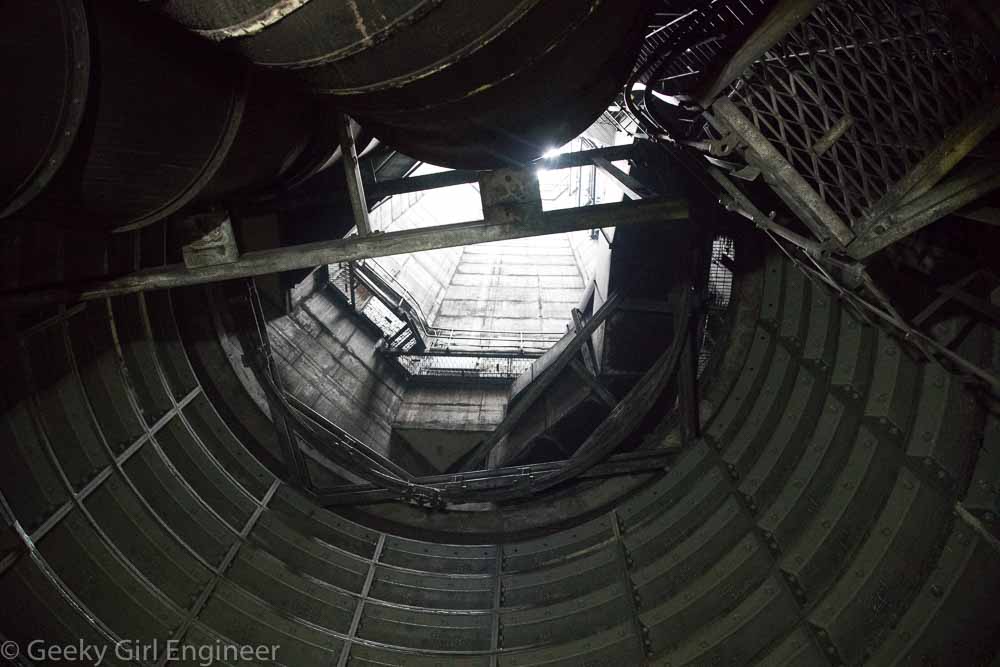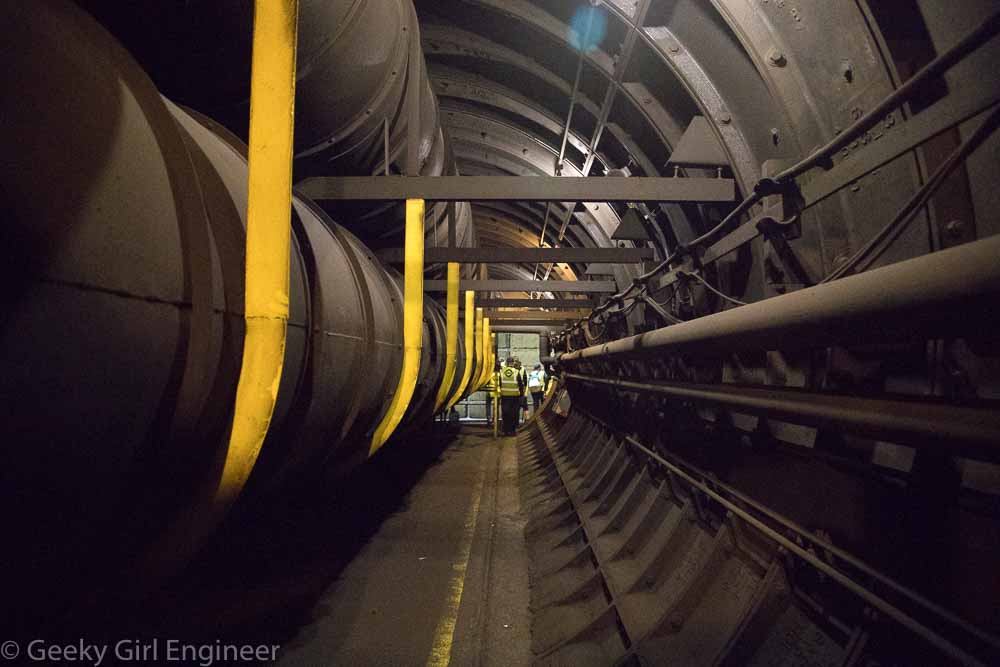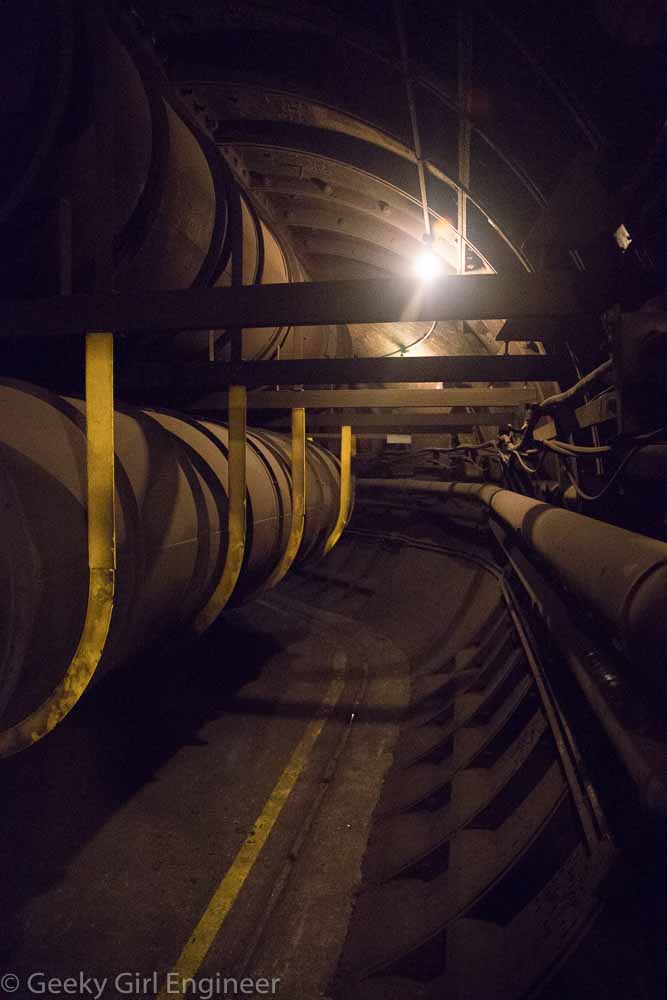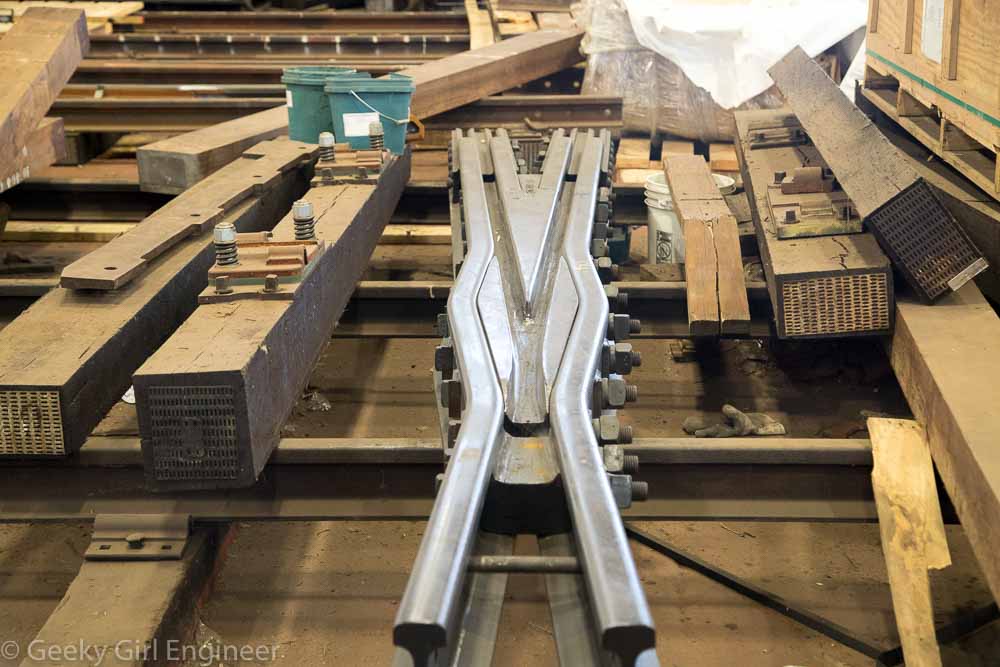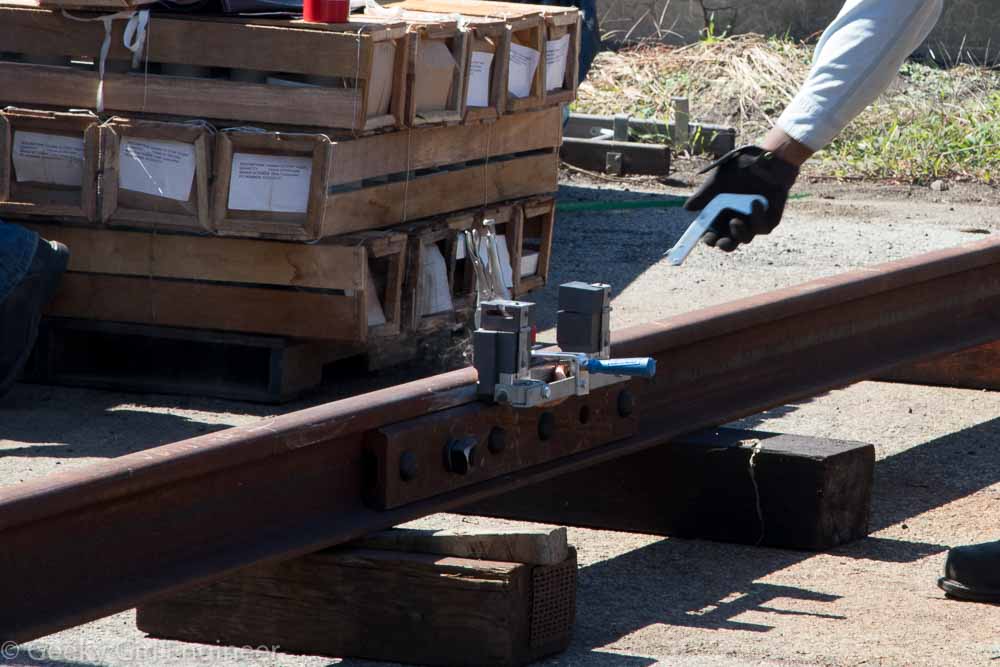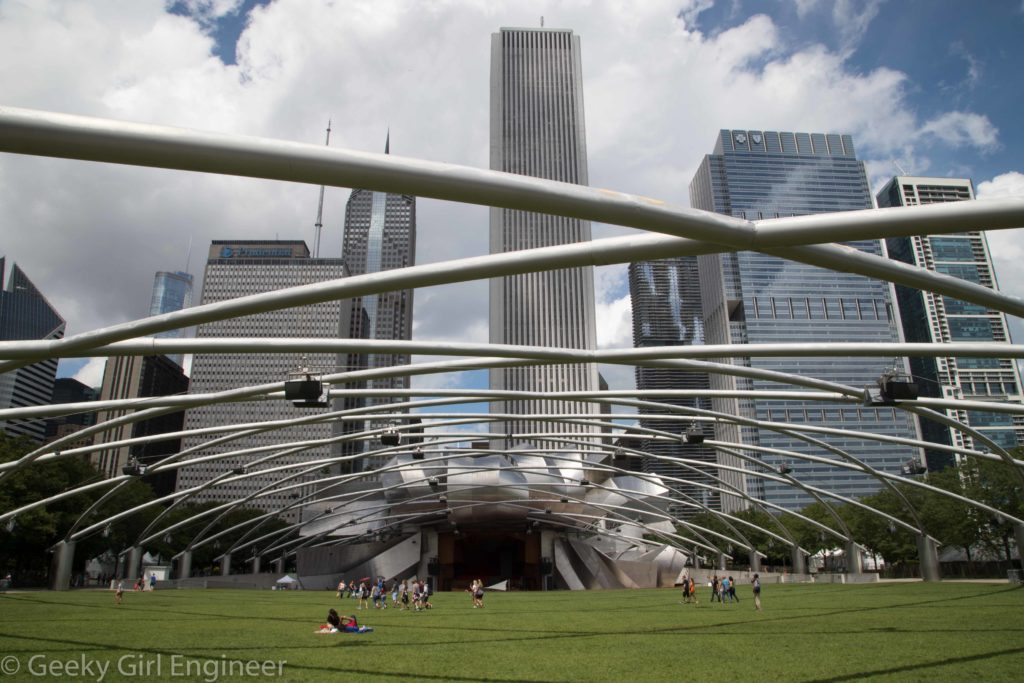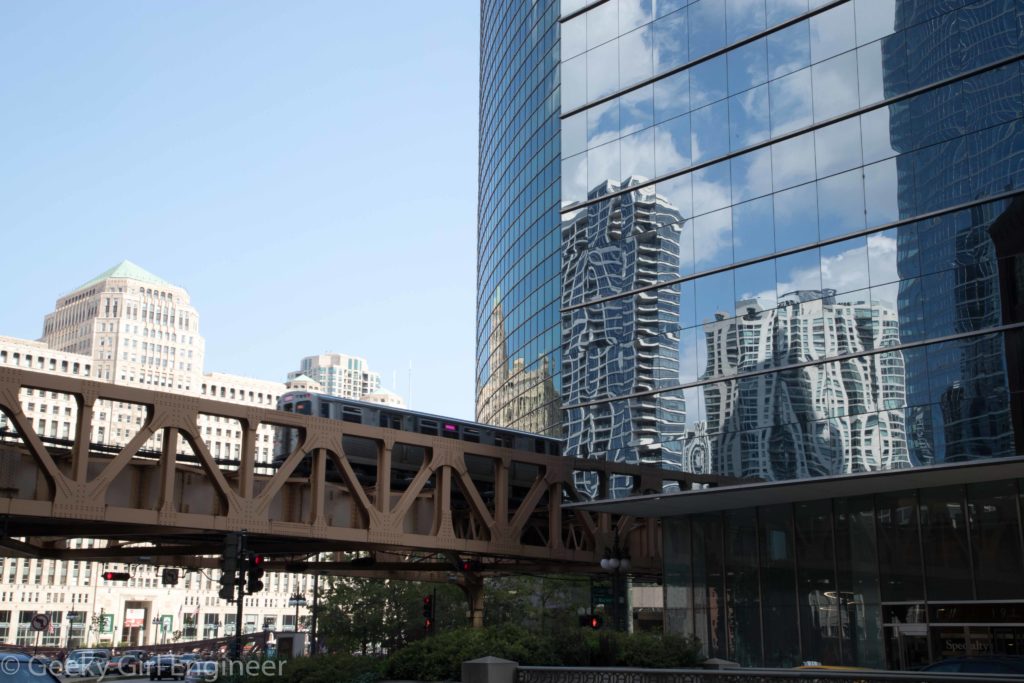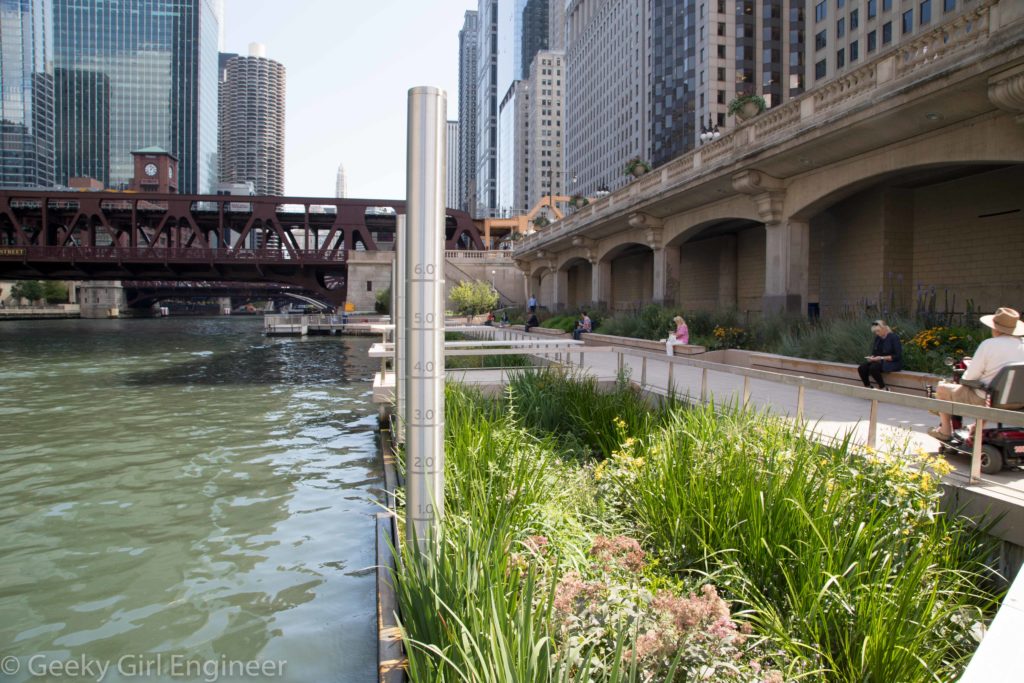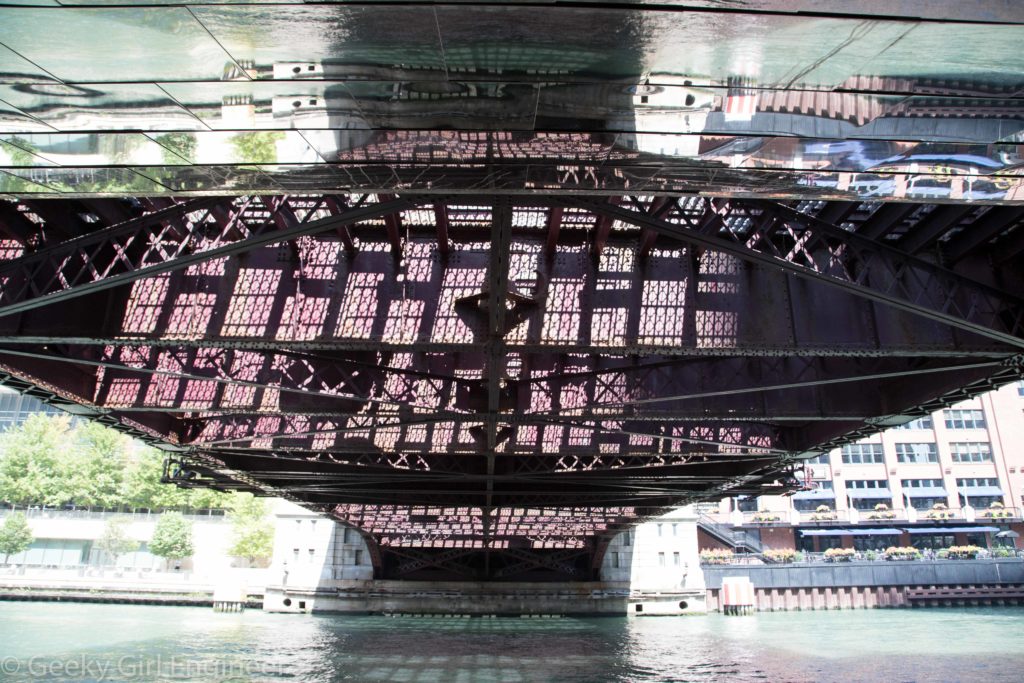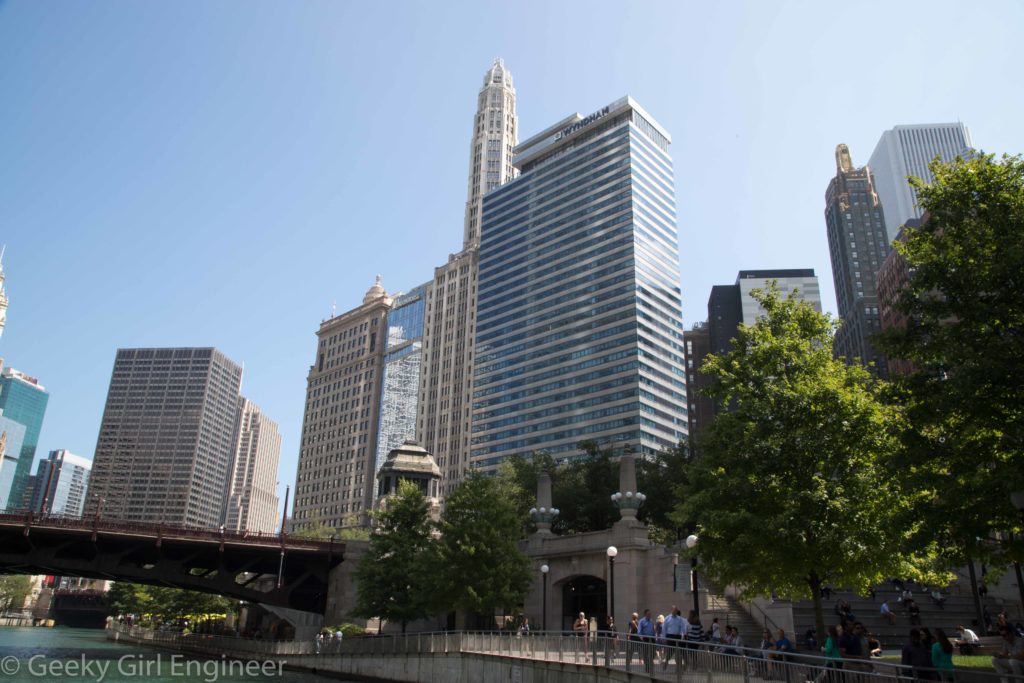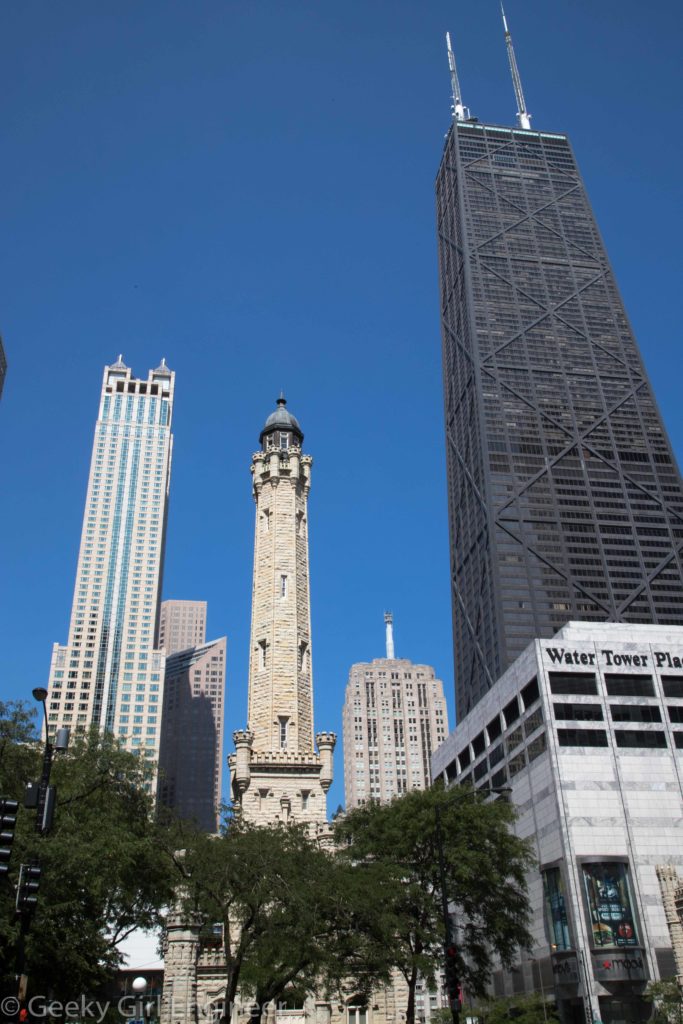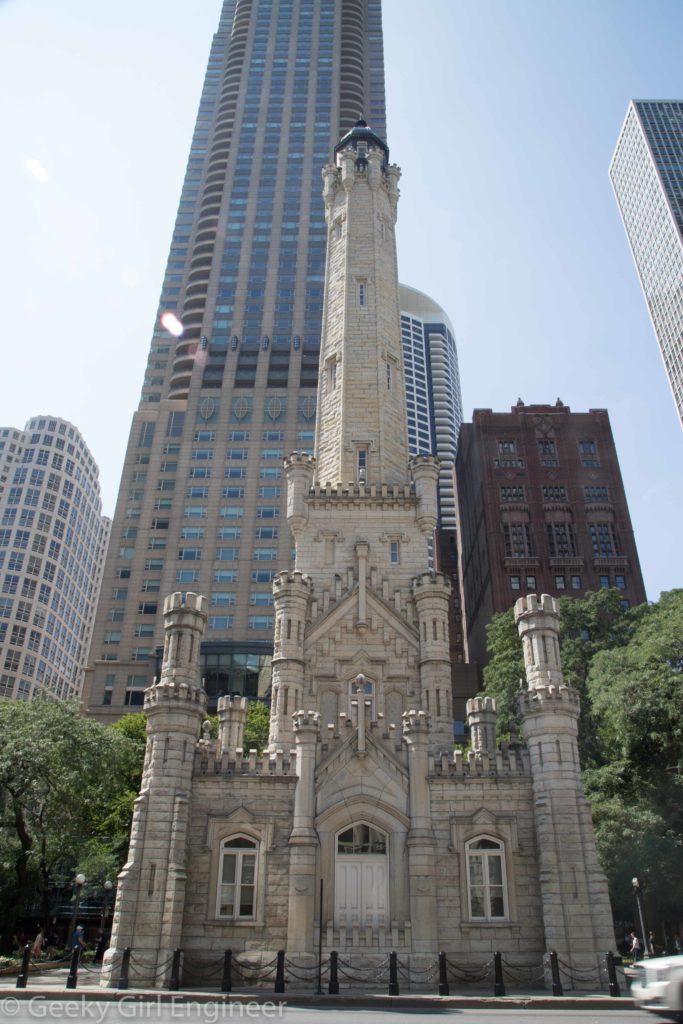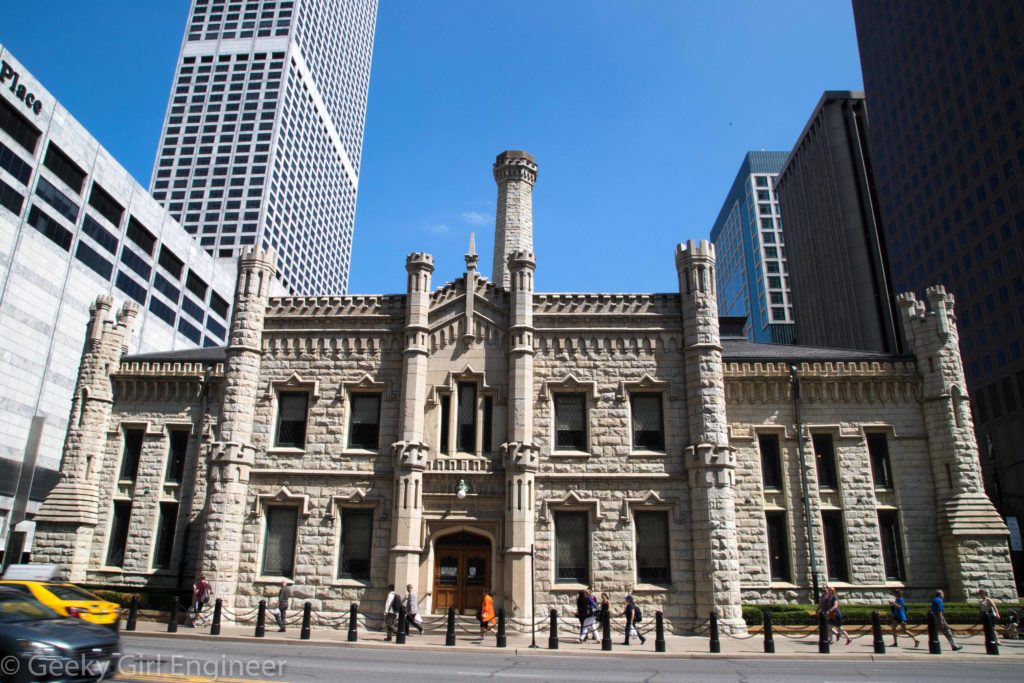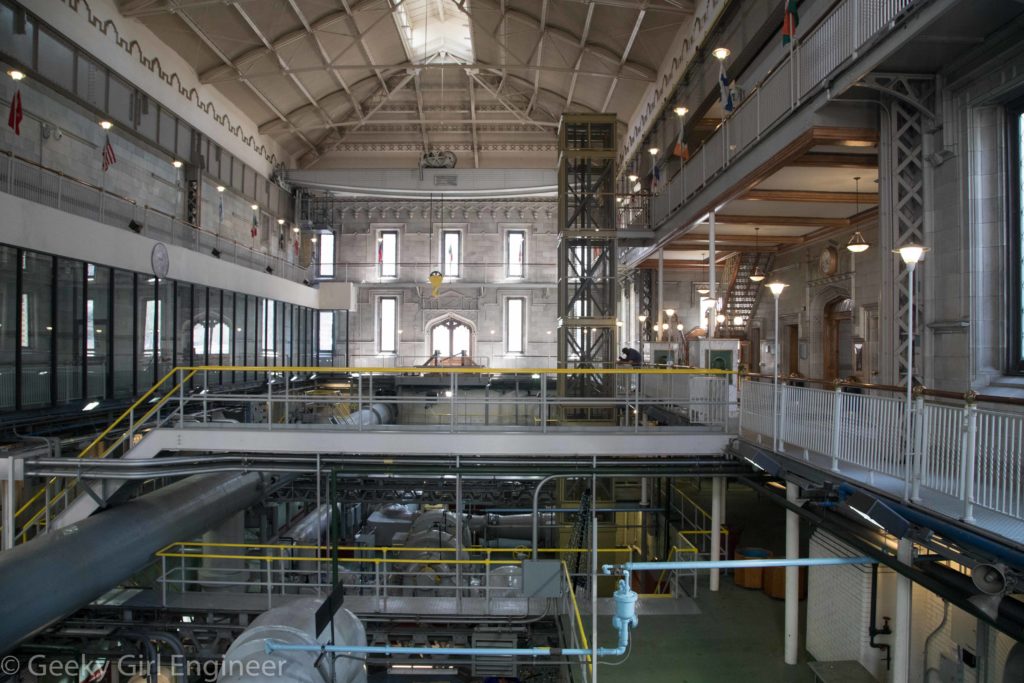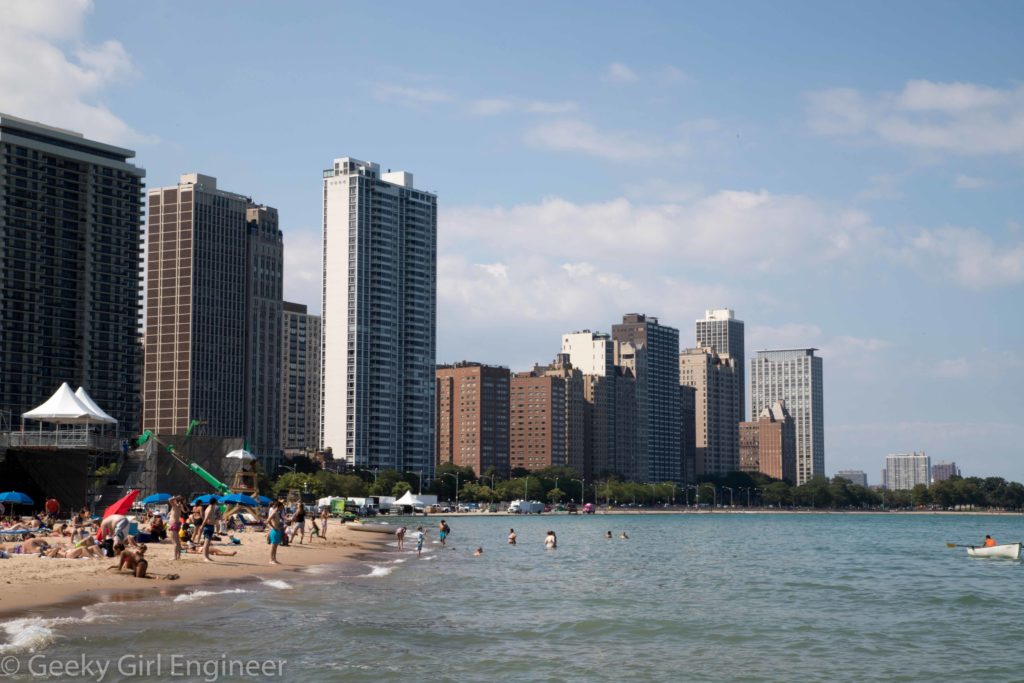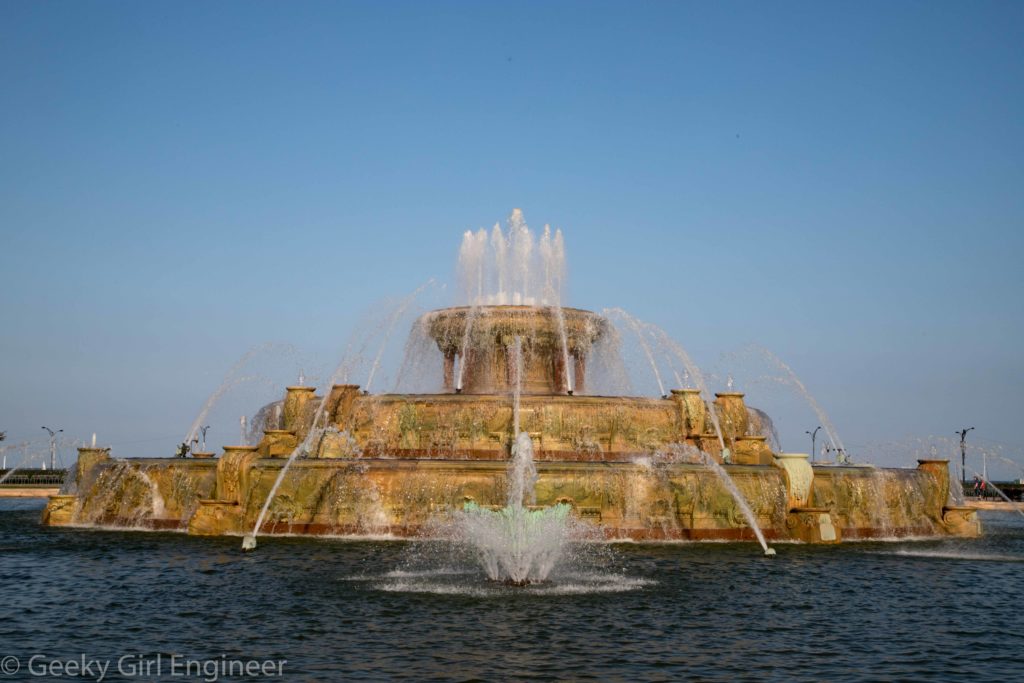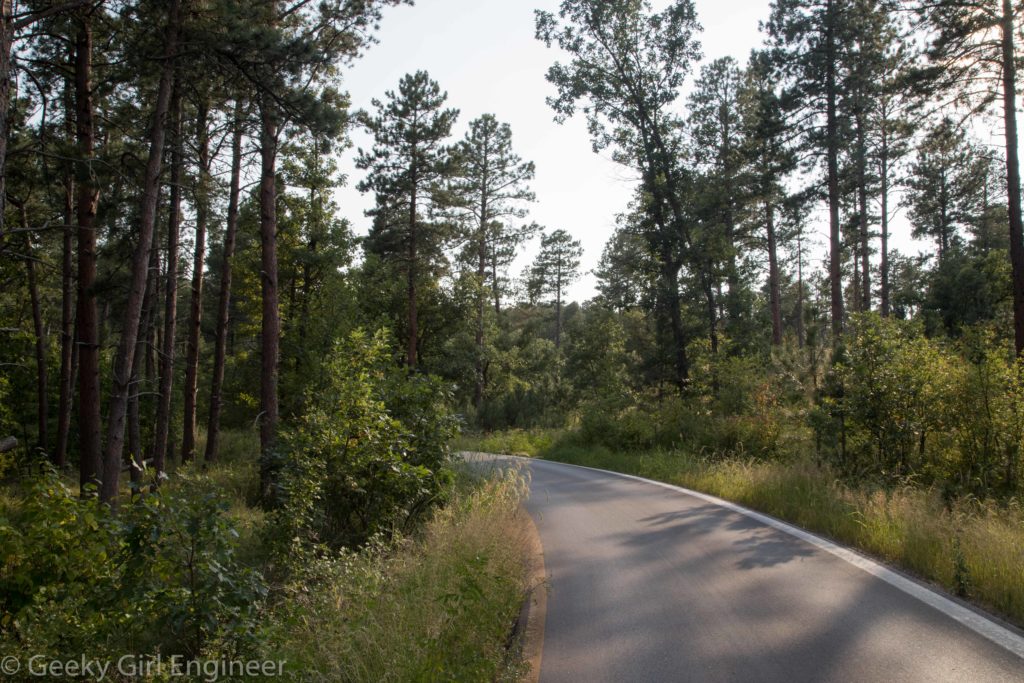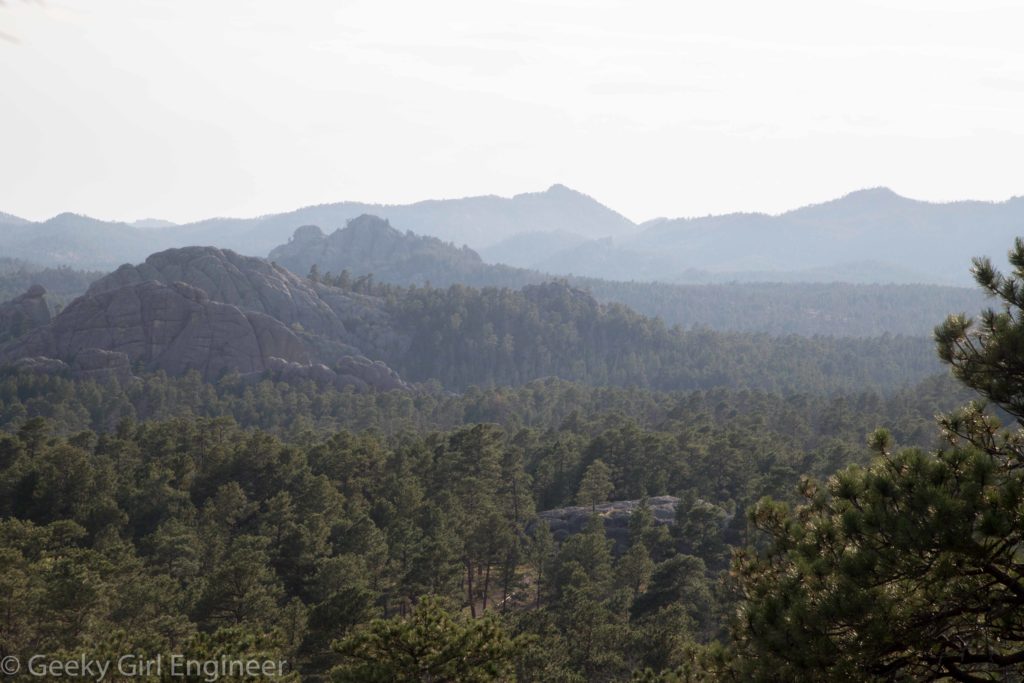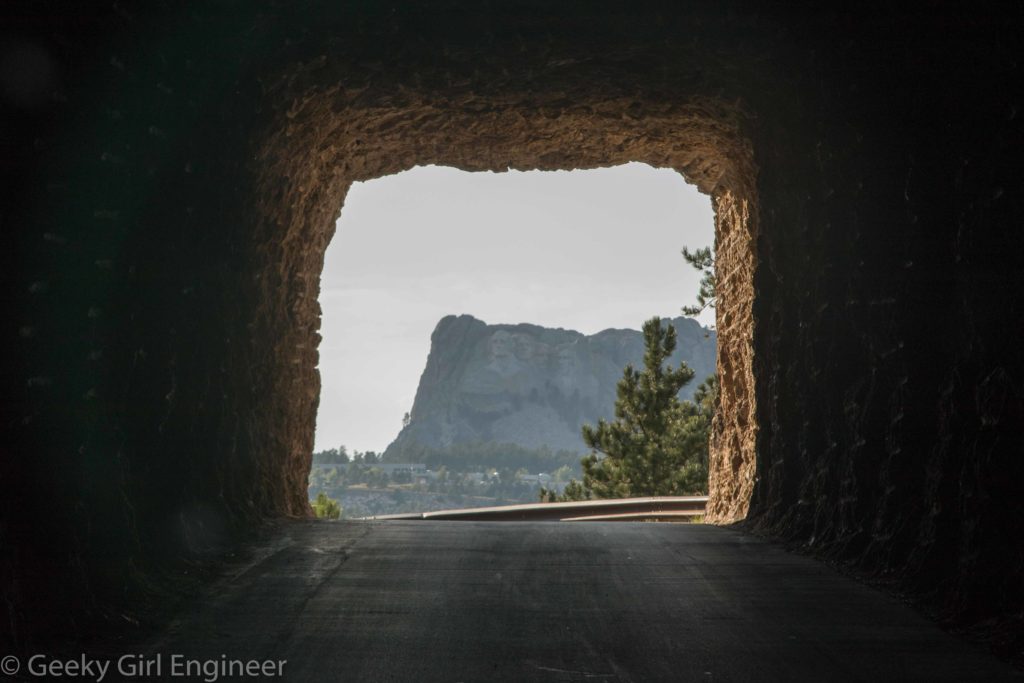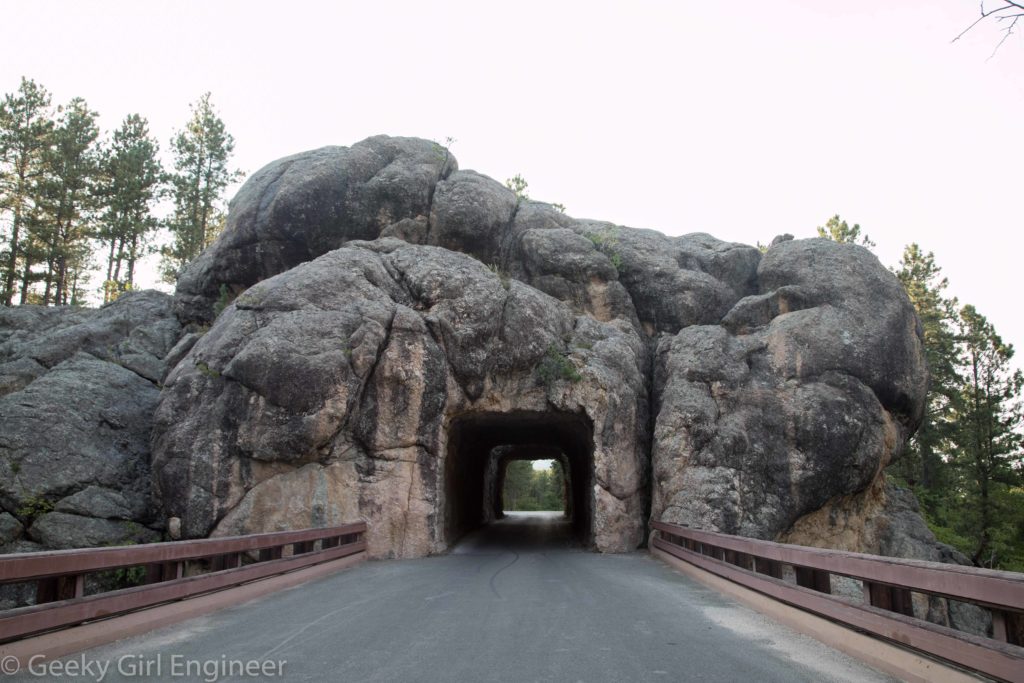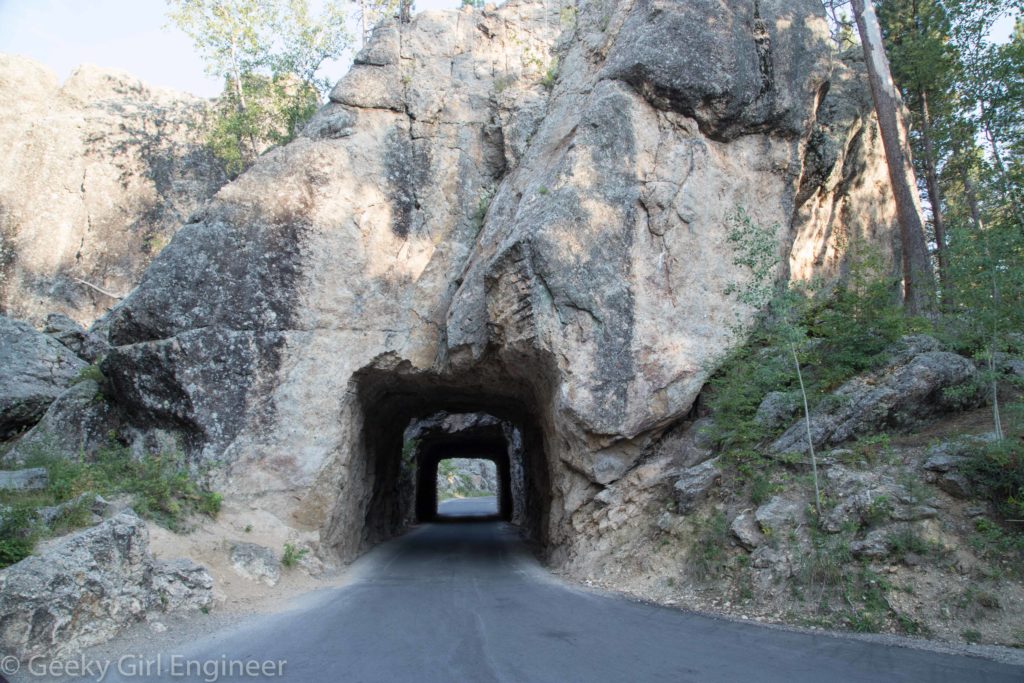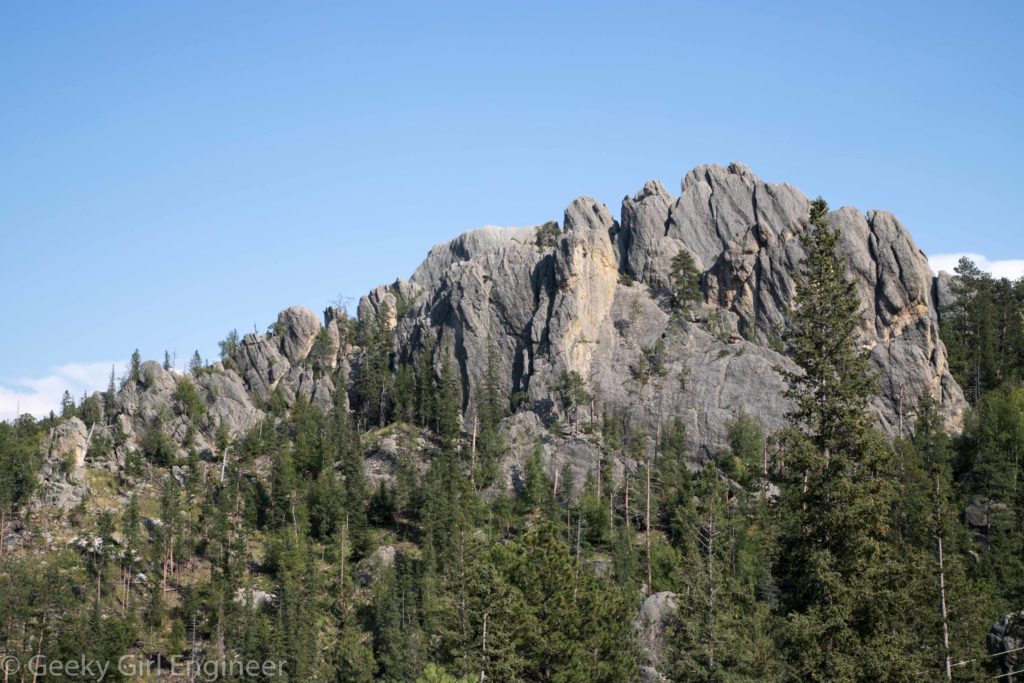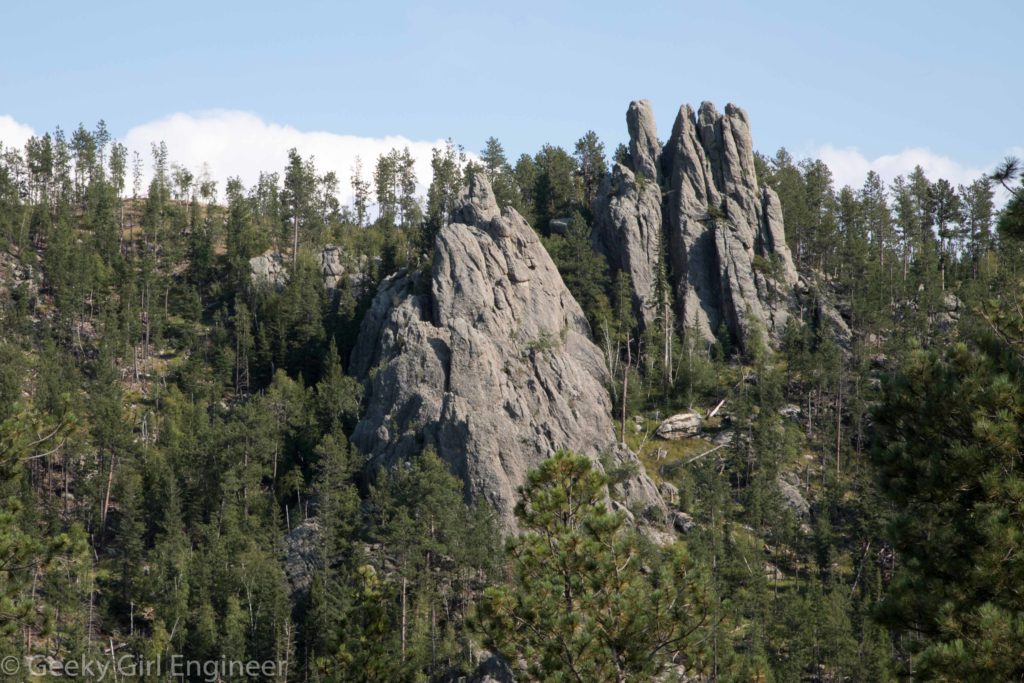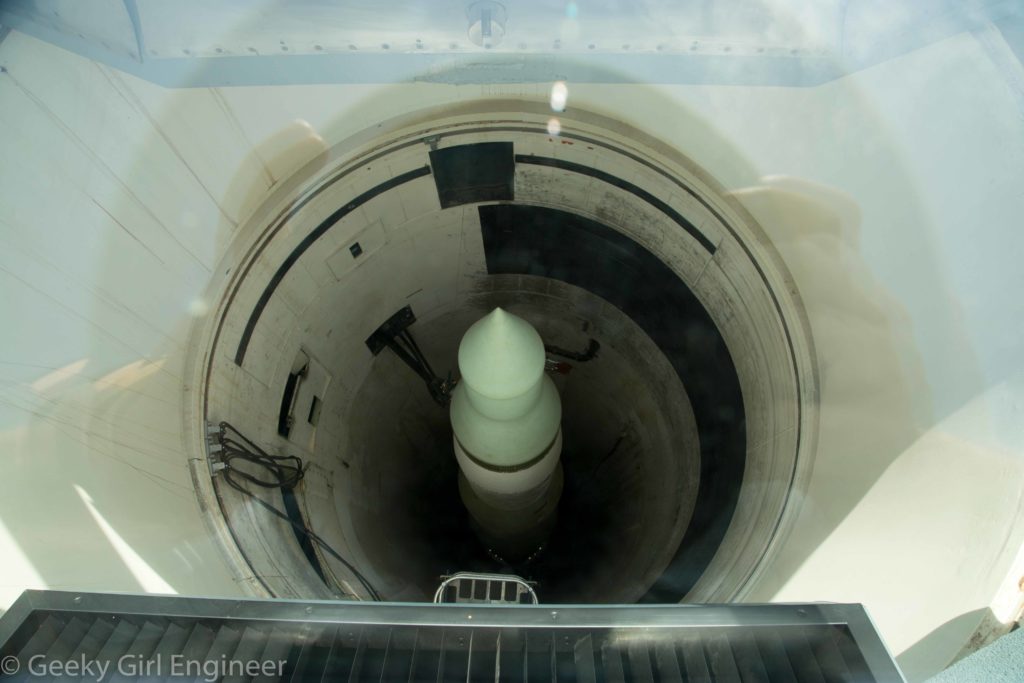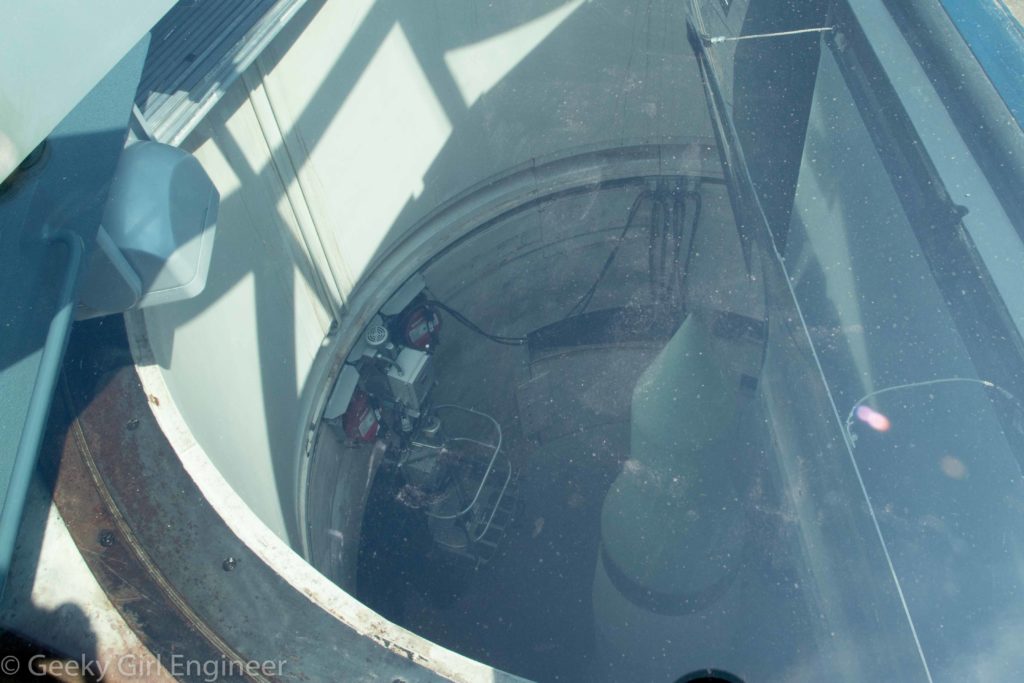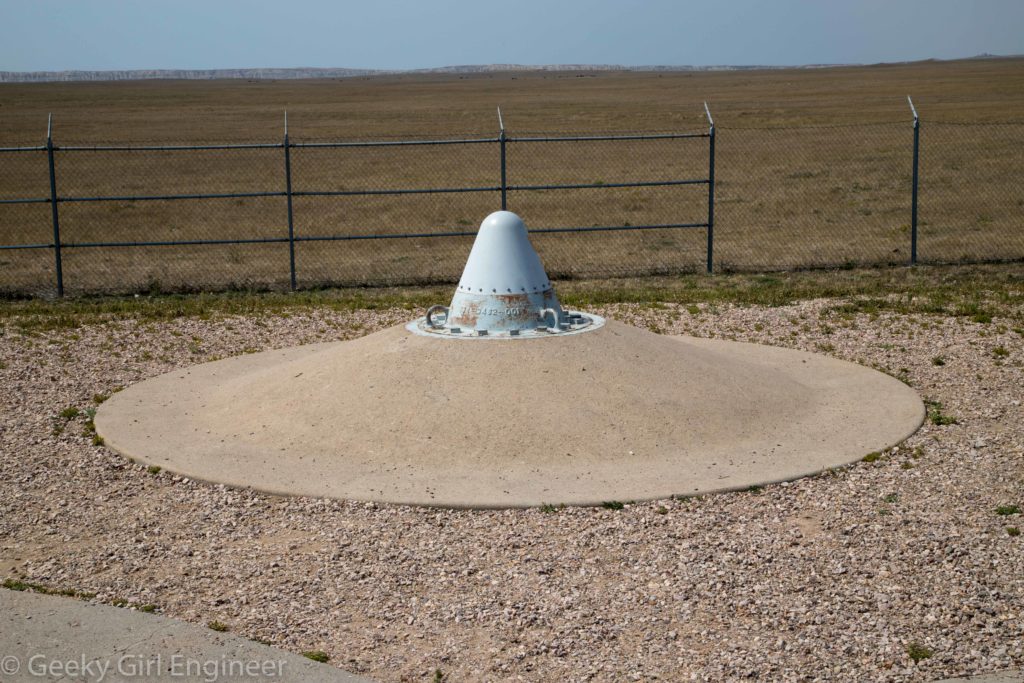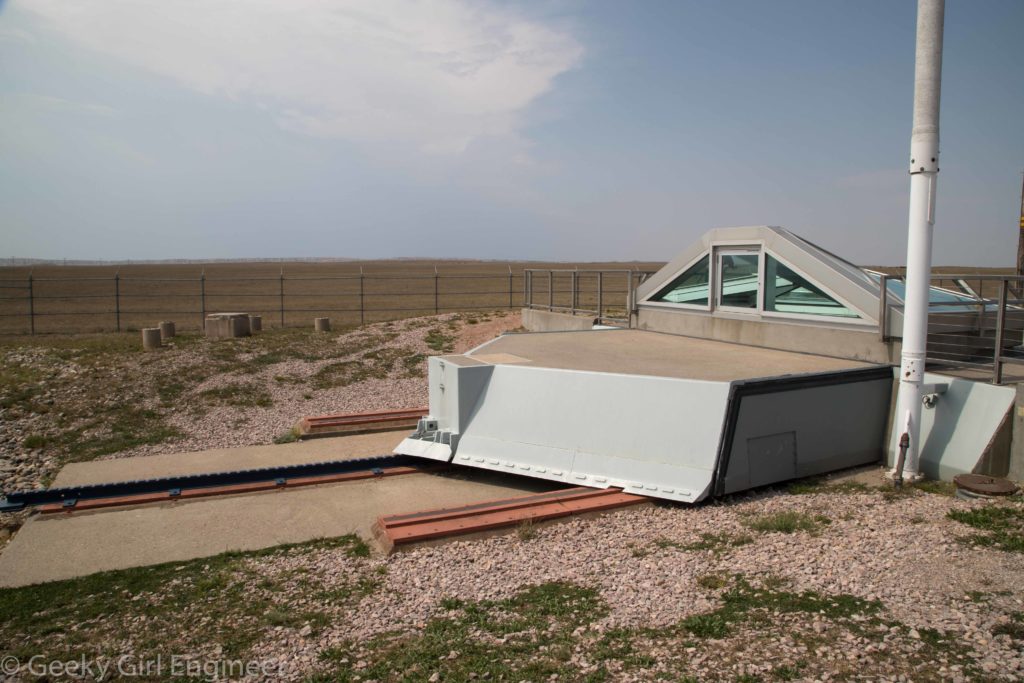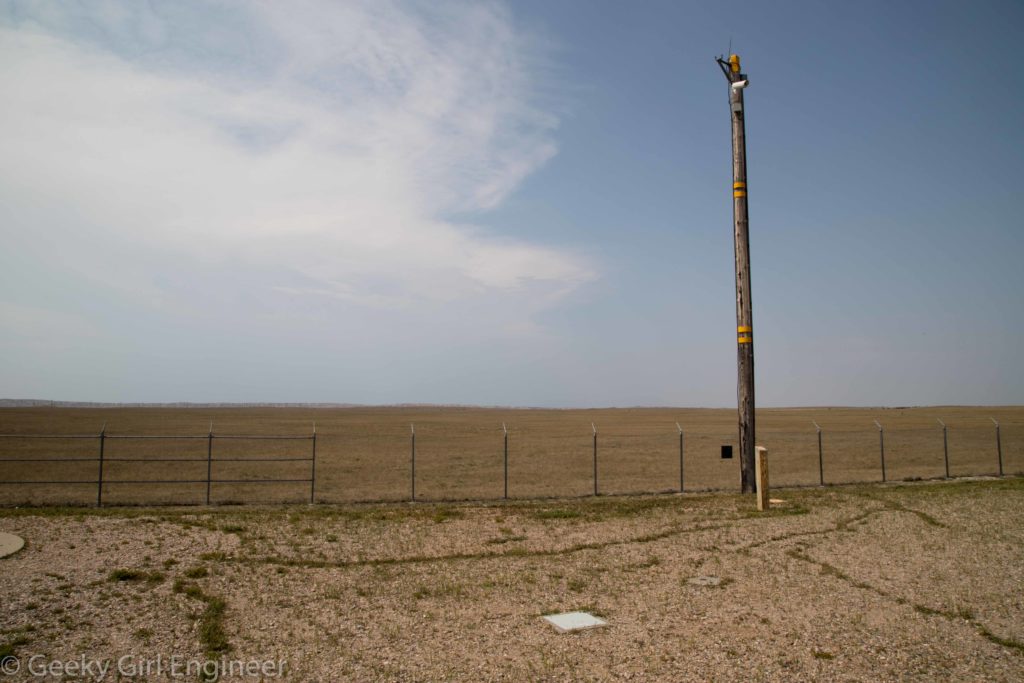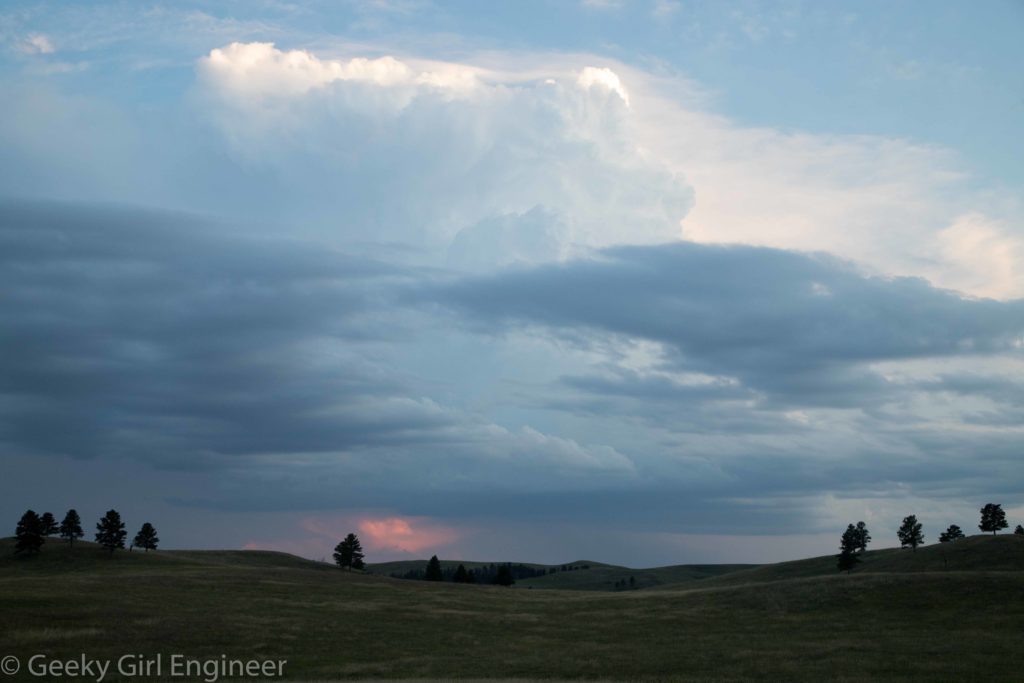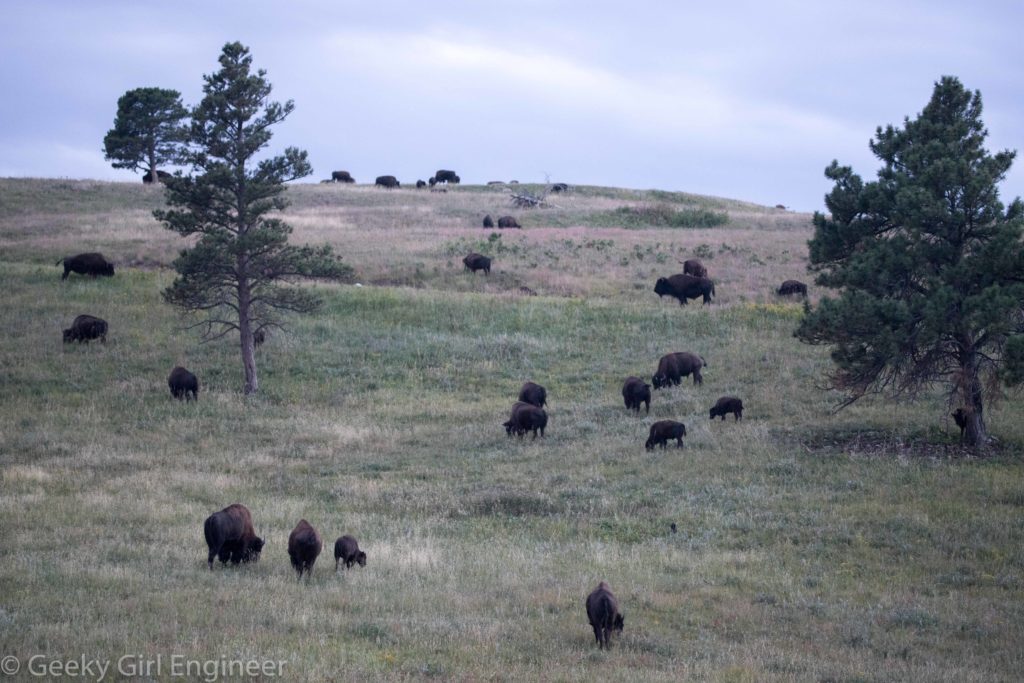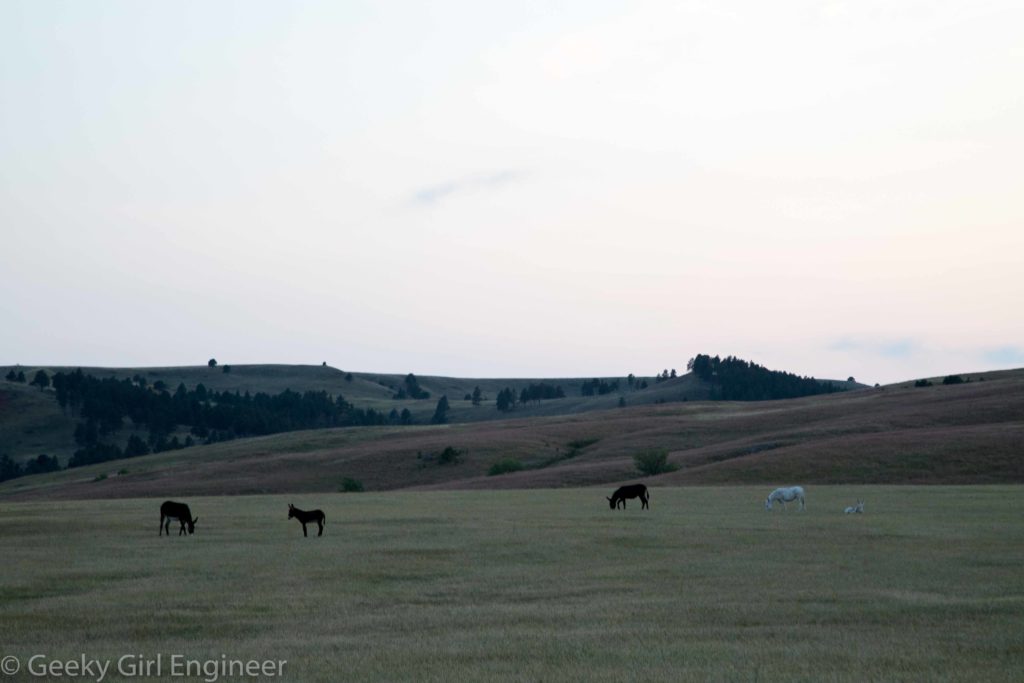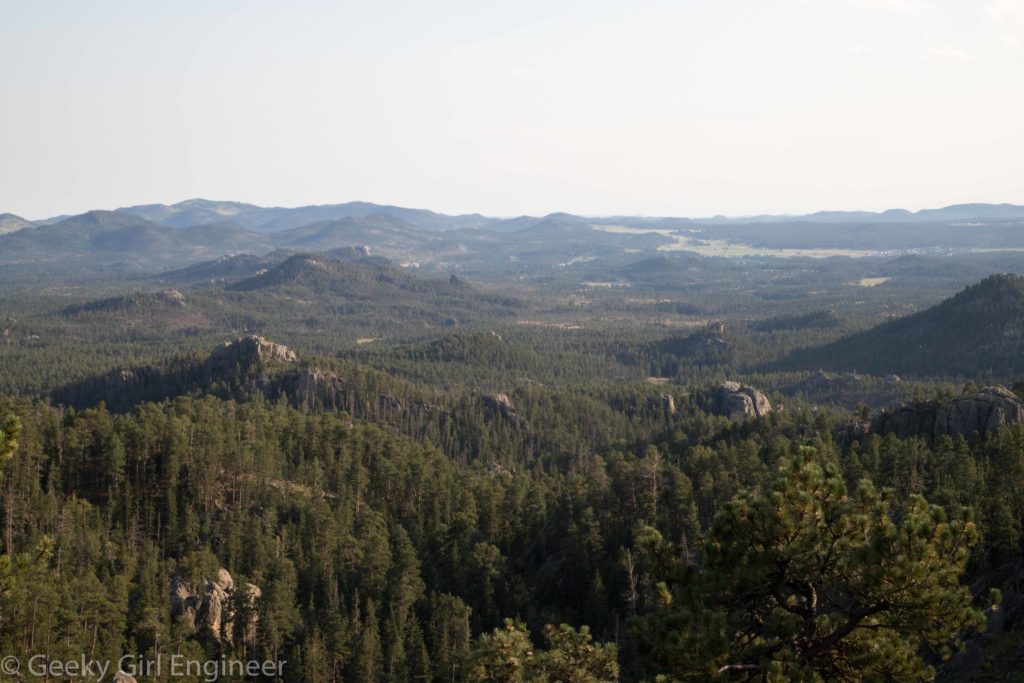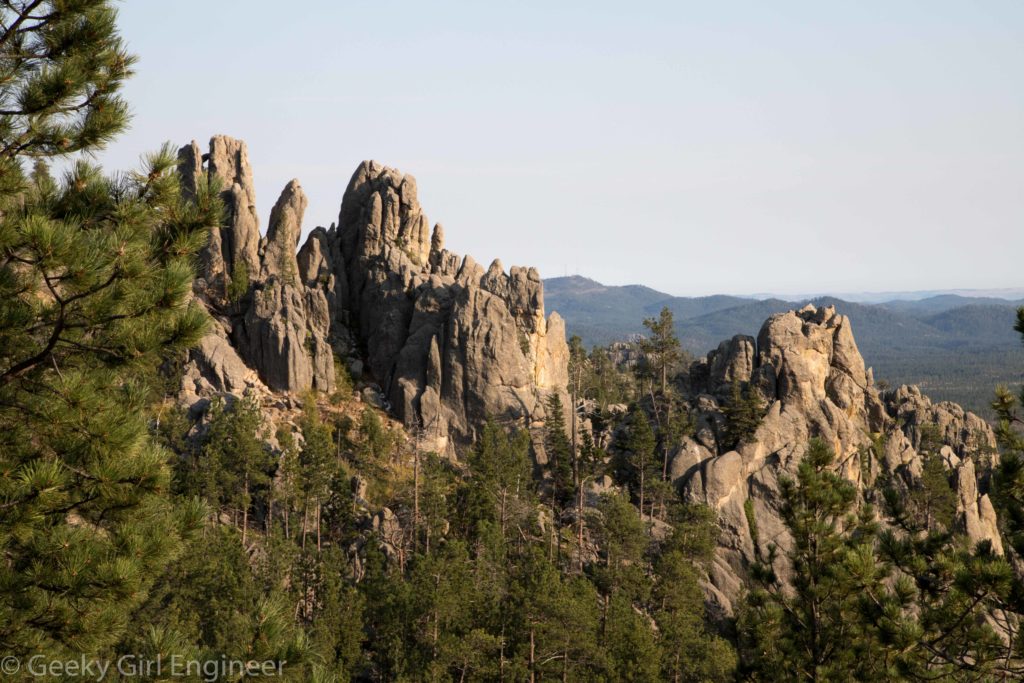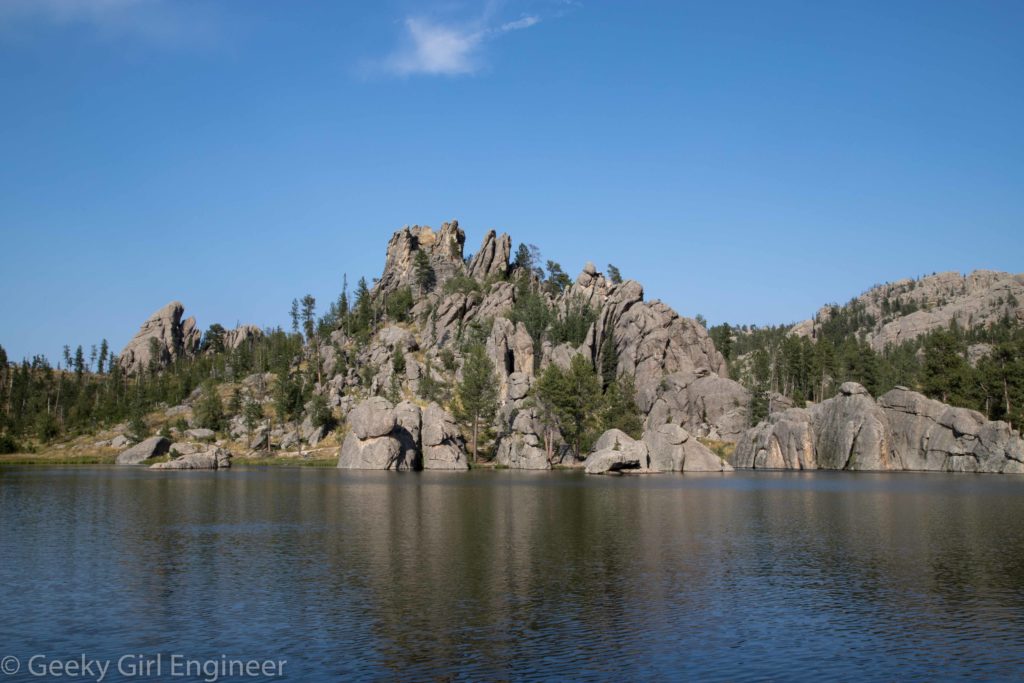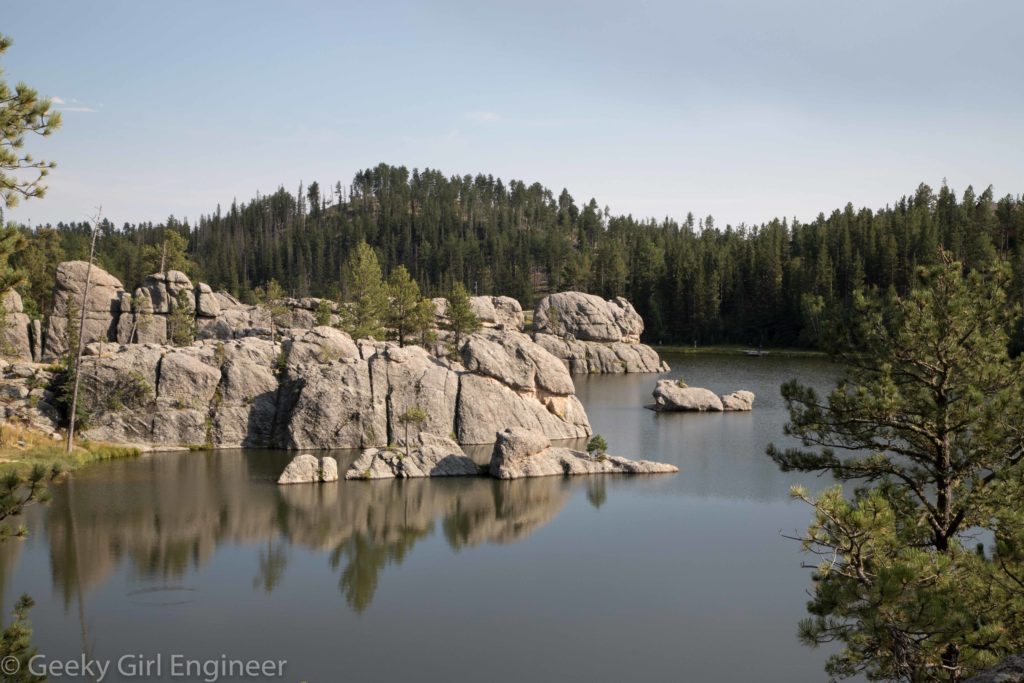I was able to complete my quest today, the reason I came to London at this time. I saw the Whitechapel Fatberg at the Museum of London. I realize this is not the normal type of thing people go on vacation and fly across an ocean to see, but anyone who reads my blog at all should know I am not normal. London sewer workers coined the term fatberg to describe a giant, congealed mass of fat and oil that also has wet wipes, diapers, and other rubbish people put down the drain and shouldn’t. [Important education moment for those who do not know. Those “flushable” wipes are not flushable. Sure, they are flushable in that they will flush down your toilet, but they are not flushable in that they will not break down in the sewer system or at the wastewater treatment plant. Neither will diapers, condoms, and all the other stuff people flush or put down drain pipes.]
In 2017, London sewer workers found the enormous Fatberg in Whitechapel. It weighed 130 tons and was 250 meters long. Some of it they removed with power jet sprayers to then vacuum out, but much of it was so hard, they had to remove it with pick axes and shovels. It took nine weeks to remove the Fatberg. According to information at the museum display, some of the fatberg was converted to biodiesel, and the rest was turned into renewal energy and fertilizer at the wastewater treatment plant.
They had two pieces of the fatberg on display. One of the samples has crumbled into smaller pieces. In the large piece, there is some sort of plastic wrapper sticking out of it. They also x-rayed the pieces because why not.





